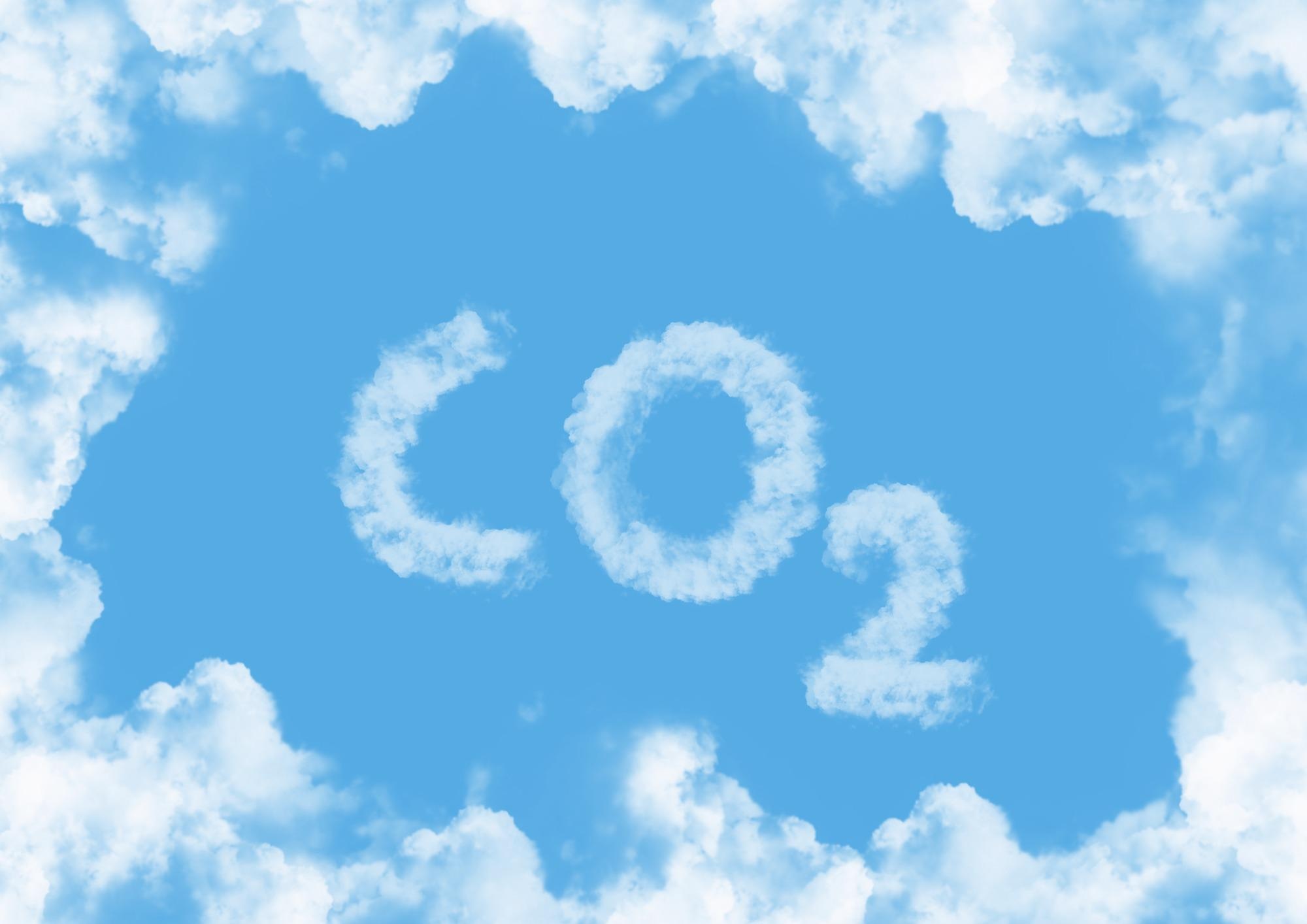The transport of carbon dioxide (CO2) stored at a depth of roughly 50 to 150 km in the Earth’s lithospheric mantle underneath the Hyblean Plateau in the south of Italy is accountable for the extremely large CO2 emission of Mount Etna.

Image Credit: Shutterstock.com/Horth Rasur
This was revealed by a study carried out by an international group of geologists, including scientists from the Universities of Florence (Italy) and Cologne (Germany), and from the Istituto di Geologia Ambientale e Geoingegneria of the Italian National Research Council (CNR).
To arrive at this conclusion, the researchers determined the ratios of a specific set of elements in the magmas produced by the volcanoes using advanced, high-precision measurement approaches. The results have been reported in the journal Geology.
Over the geological times, differences in atmospheric CO2 relied mostly on volcanic emissions, which are hard to estimate as they are not directly linked to the volume of the magmas discharged.
Indeed, some volcanoes exhibit extremely large emissions of CO2 in comparison to the quantity that can be dissolved in their magmas. Etna is possibly the most prominent example, contributing to 10% (9,000 tons/day) of the current global volcanic CO2 emission. That is three times more CO2 than a volcano such as Kilauea (Hawaii) discharges, which erupts four times more magma.
The researchers analyzed magmas from four volcanoes in the region (Etna, Stromboli, Vulture and Pantelleria), using the two rare elements tantalum (Ta) and niobium (Nb) as tracers. Ratios of Nb/Ta are highly constant in many rocks and are only altered by a few geological processes — such as the penetration of carbonate-rich melts in Earth’s mantle.
The research showed that magmas from Mount Etna and Mount Vulture are defined by very high Nb/Ta ratios, higher than all other active intraplate volcanoes. This means that the magma compositions attest to the existence of lithospheric mantle domains underneath the south of Italy that are highly enriched in carbon. This carbon is ‘tapped’ when the magmas melt.
The process is directly linked to the region’s intricate geodynamic setting: The carbon-rich lithospheric mantle domains are situated underneath the Hyblean Plateau in southern Sicily. These domains are shifted toward the region underneath Etna during tectonic activity, specifically the rollback of the Ionian subduction plate. A symmetric system is probably taking place on the other side of the Ionian plate, below Mount Vulture.
The data also allow us to infer the contribution of such carbon-rich domains to the Earth’s atmosphere in the past, suggesting that the CO2 emissions of Mount Etna during its ancient activity might have been even higher than at present.
Dr. Carsten Münker, Professor, Institute of Geology and Mineralogy, University of Cologne
Dr. Carsten and his team were the authorities for the high precision measurements including the two significant elements Nb and Ta.
Similar carbon-rich domains might be hidden beneath other volcanoes worldwide, hence contributing to their CO2 emissions. The innovative trace element approach used in this study represents a promising way to better estimate the contribution of carbon-enriched lithosphere to overall volcanic CO2 emissions, both at present and in the past, which may have played a key role in changing the climate of our planet.
Dr. Alessandro Bragagni, Study Lead author, University of Florence
Dr. Alessandro Bragagni is a postdoc from the University of Cologne.
Journal Reference:
Bragagni, A., et al. (2022) A carbon-rich lithospheric mantle as a source for the large CO2 emissions of Etna volcano (Italy). Geology. doi.org/10.1130/G49510.1.